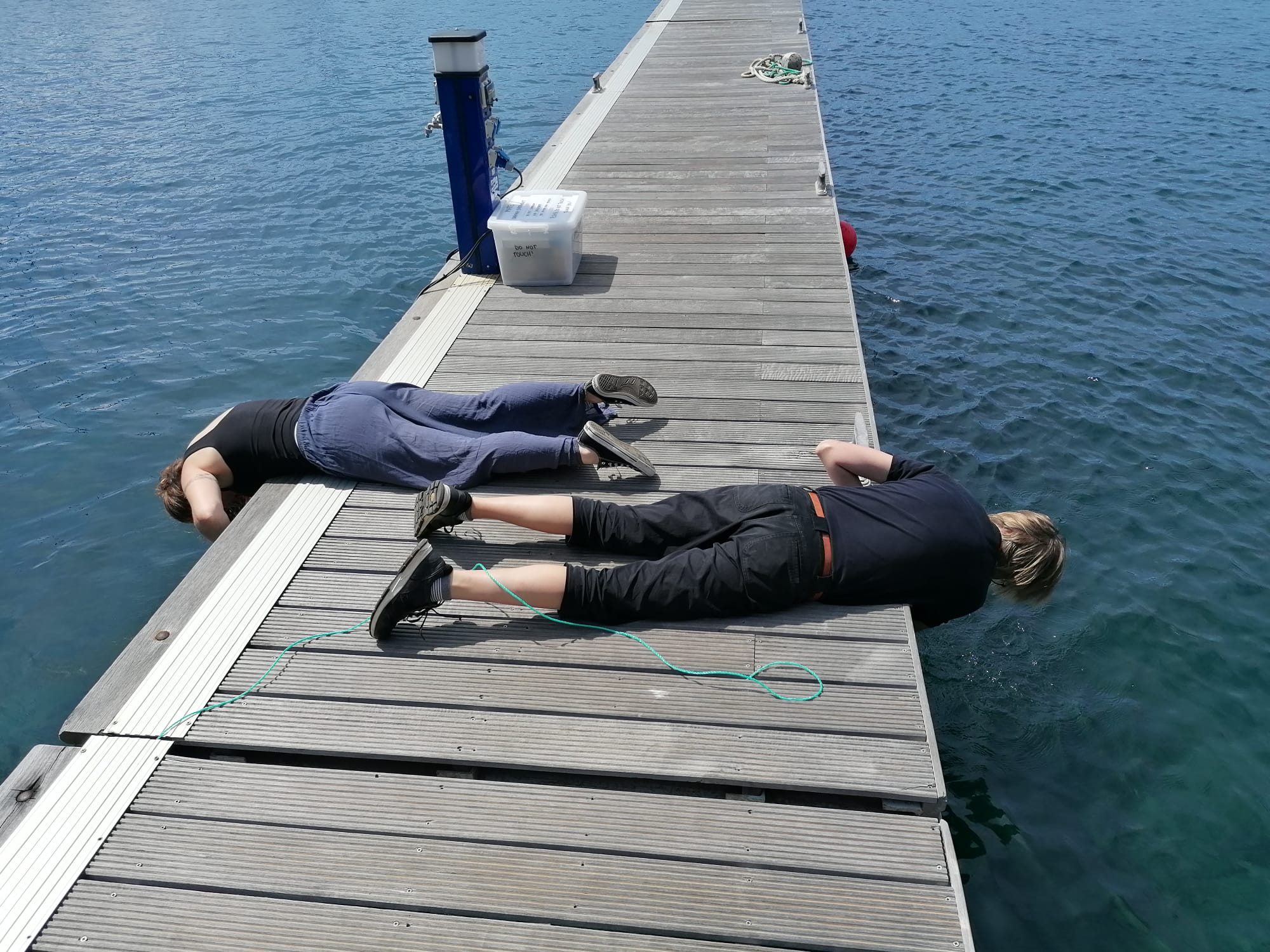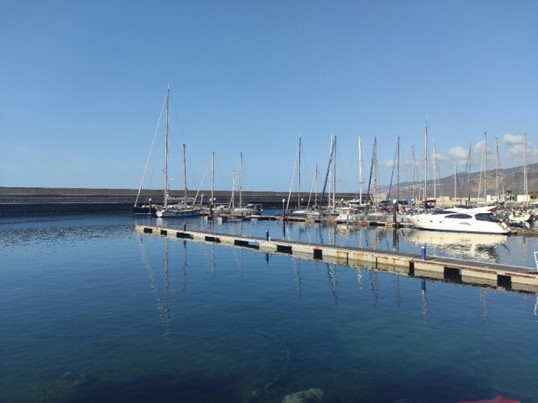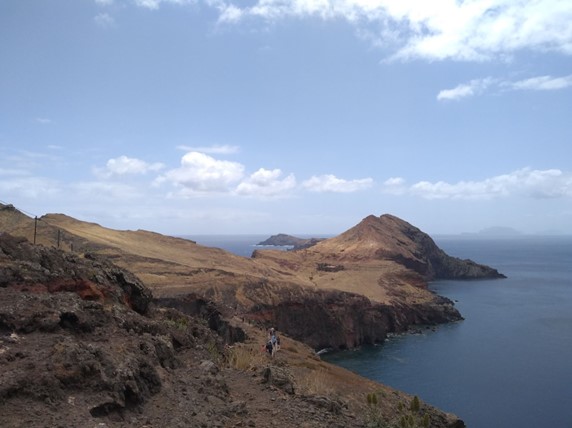In the modern world, our awareness of the human impact on the environment is constantly rising – but there is still a lot left to uncover and to shed a light on. And this is our pursuit within the GAME project of 2024 by running an experiment on one of the most beautiful and astonishing islands in Europe: Madeira.
But what exactly is GAME? GAME projects have been conducted consistently for the last twenty years. They are coordinated by GEOMAR Helmholtz Centre for Ocean Research Kiel. The research topic changes each year, but all projects are dedicated to studying the human impact on the marine environment in different locations across the globe. The international approach on such scale, operating from Malaysia to Iceland and from Chile to Japan (just to name a few countries that participate in the project) is unique and a great example of what the future of scientific research could look like. The global approach allows a deeper insight and produces more meaningful results than any single experiment on its own could do. The young scientists that participate in the projects write their master thesis about it and many scientific publications accumulated over the years.
This unique and international approach is one of the main reasons why we participate in this year’s project. We are Team Madeira: Laura from Italy, who recently finished her Master in Environmental Biology and Diversity, and who is now living in Madeira, and Elisa from Germany, who is currently working on her master thesis.
This year’s GAME project is focusing again on artificial light at night (ALAN) as a form of pollution that has received more and more attention in the last few years. Unlike the last two GAME projects, GAME 2023 uses a field experiment to assess the effect of artificial light at night on the colonization of hard substrata and the formation of fouling communities. But what does light pollution mean? It is the presence of lighting that does not occur naturally (for example at night). This phenomenon can disturb natural processes, such as migration, habitat formation, nocturnal behaviour and a lot more. So far, scientific studies mainly investigated how terrestrial animals are influenced by artificial light at night, but just a few had focussed on marine organisms.
But let’s speak about how Elisa and Laura got to Madeira together!
First of all, each GAME project includes a month at GEOMAR in Kiel for a preparation course, during which all the participants decide on how to do the planned experiment. That time was challenging, especially weather-wise for somebody like Laura who currently lives on a subtropical island! During the course in March, we also met all the other teams and shared a bit about our lives in the different countries and the different cities we come from with each other. After that, we all separated again to go to our destinations and to start our experiments.
We met again on Madeira Island in April to run our experiments at the Marine and Environmental Science Centre (MARE). MARE is a marine research and development centre with research units in Portugal mainland and Madeira Island. MARE-Madeira is the largest marine research institute in Madeira, with an amazing team that is growing more and more.
Once on the island, we immediately started with a long meeting with our supervisors from MARE-Madeira, who were already looking forward to getting in touch with the experiment and to help us as much as possible. Together with them, we decided to do the experiment in the east of the island, in the Marina of Quinta do Lorde, Caniçal.
This part of Madeira is very different from the rest of the island and allows you to see the volcanic origin of Madeira due to the majestic volcanic rock formations that are exposed there. Madeira is next to the other islands and archipelagos in the eastern North Atlantic, such as Cape Verde and the Azores, only the top quarter of an entire underwater volcanic system in the Atlantic. Saying how beautiful it is to work with this amazing view is not even needed.
In Quinta do Lorde there is a lab with all necessary equipment nearby. Furthermore, the place is protected from any harsh weather and strong wave action and is also considerably dark at night. The latter is optimal for our experimental control group, which needs natural darkness at night.
The only downgrade is that it is far from our home location in Funchal. A day at the experimental site means a 1.5 h bus drive to the other side of the island, back and forth. It is fair to mention that the coastal road is serving stunning views on the dramatic cliffs and the vast ocean, but its length makes you think twice before hopping on a bus to check your setup.
To assess the effect of artificial light on marine fouling communities, we decided to use PVC panels as hard substrates and two LED systems. The two systems allow us to assess a potential difference in the effects of white and yellow light on the colonization of the panels. When we built our experimental set-up, the technician from MARE-Madeira helped us a lot! And after a lot of drilling, cutting, glueing, sanding and laughing from our mistakes, we finally had everything ready to start.
Just in this moment, as it is the unspoken law of scientific work, we faced some struggles with setting up our key element: the LEDs. But after some back and forth, and a couple of rearrangements considering the electricity supply, we finally managed the lights to work and everything was really ready for the start. We deployed our PVC panels that were impatiently waiting for some (hopefully busy) colonisation.
After the hard work of constructing, building and deploying, we got a well-deserved break. Furthermore, it was time to wait for the colonization to start. We kept ourselves busy with highly enjoyable Levada hikes for which Madeira is famous for. The many different micro-climates throughout the island shape incredibly fascinating landscapes, from the phenomenal mountainside, the Laurel forests to the desert-like east side. It is truly a remarkable island and its mild climate and rich vegetation that consists of many exotic species makes it a wonderful place to study. Next to hiking and swimming in the Atlantic, we used the chance to discover the wonders of Madeira’s underwater world and did our Open Water diver certificate. We still do not run out of things to explore and all the many opportunities to discover the island below and above the water surface.
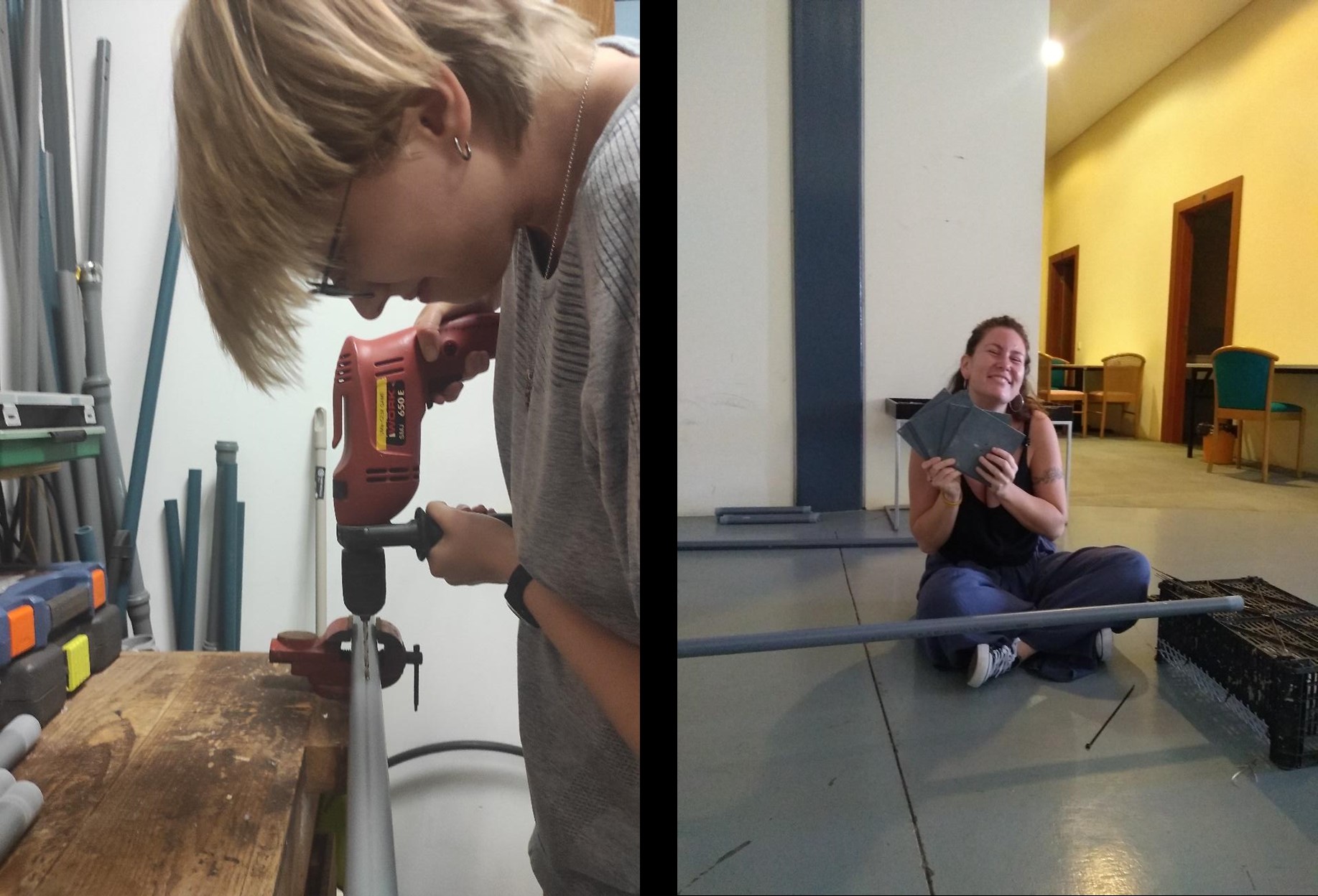
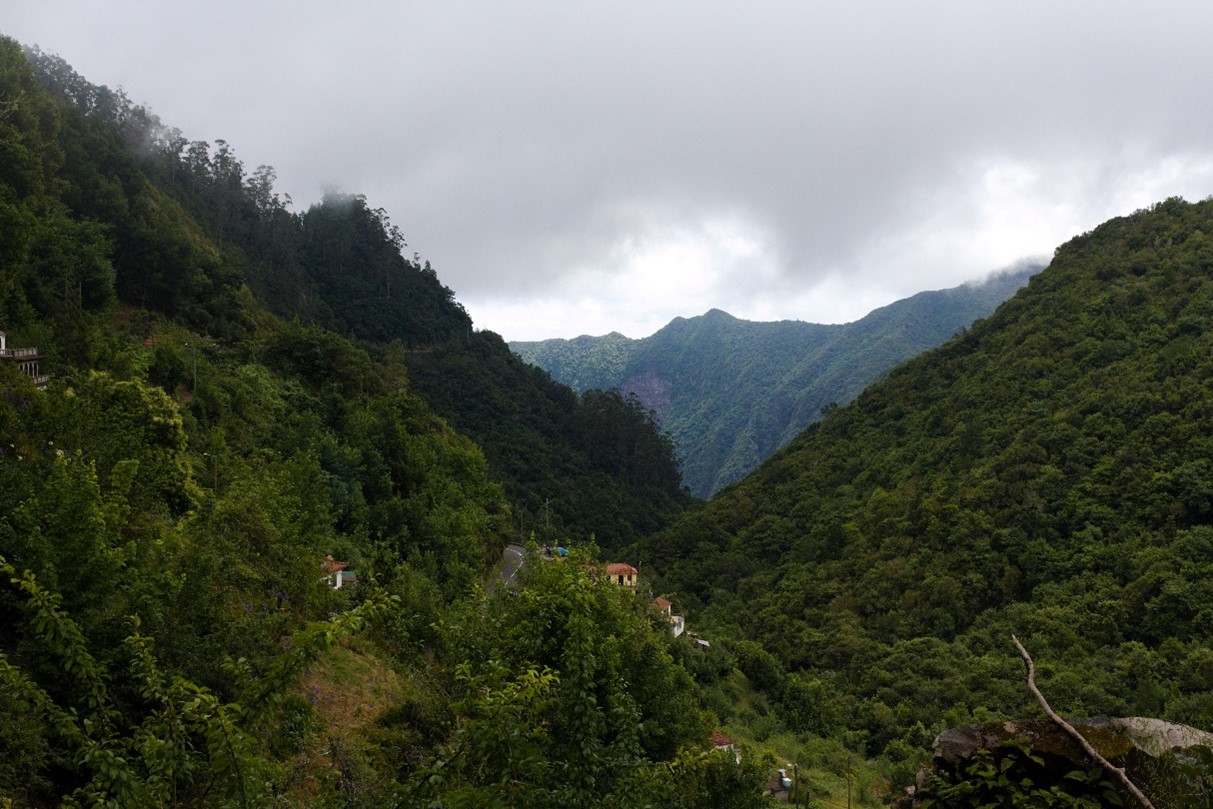
Week by week, we inspect our panels and the LEDs to see whether they are still functioning, we take our measurements such as the water temperature, pH and salinity and watch the formation of the communities. Through pictures and visual inspections with stereo microscopes, we have already started to analyse them by counting the different species and assess their abundance. Interestingly, we can already see some differences between the communities that are exposed to light and the ones that are not exposed! Our ALAN panels seem to have a higher species richness and higher species’ abundances than the control panels. This observation allowed us to already develop some ideas on how the light could influence these organisms. To be able to see those tendencies already in the ongoing experiment is very exciting for us and we can’t wait to start the statistical analysis that will give us more insights. Hence, we are so looking forward to getting all the data analysed when we’ll be back in Kiel from October until December! Though we will definitely and greatly miss the “Island of eternal Spring”.
